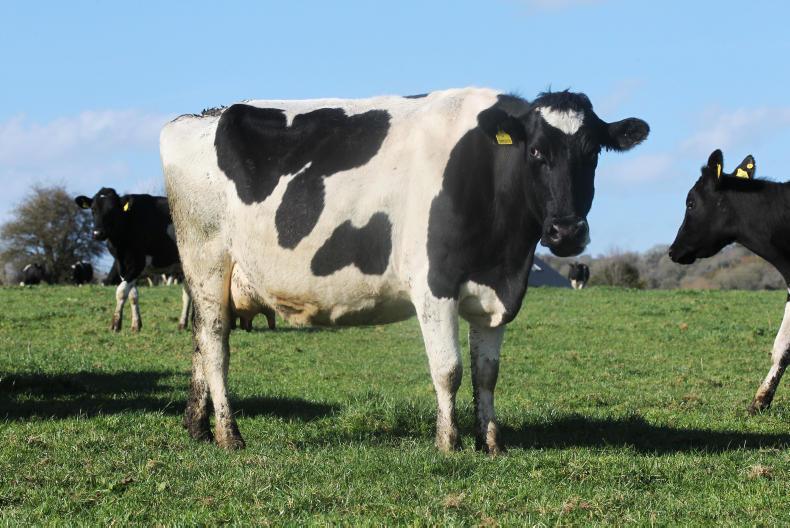We made good use of the excellent weather early this week to get our straw in for the winter. We bought some top-quality winter barley straw from our neighbours, which gives us the option of using it for bedding or feeding.
The variety grown for the record was Quadra six-row winter barley, which has produced some great-looking straw. We might use some of it to feed some of the dry cows this winter if our silage quality tests come back too good for ad-lib feeding some of the better conditioned girls.
Hopefully, grain prices come back to some sort of reasonable level over the next few years before too much of an exodus takes place out of the grain sector and our precious straw becomes a thing of the past. Either that or the grain will become almost a by-product of straw production.
It’s making up a large percentage of the profit margin already. Competing on a world market with GM produced crops is getting more difficult every year for our tillage farmers.
We also made some more bales of silage on the milking platform last week to help keep grass quality under control in front of the cows.
We had recorded growth over 90kg dry matter per hectare (DM/ha) the previous week so action needed to be taken quickly.
The risk at this time of the year is that we might take out too much and drought might set in but it looks like we will get enough rain this week to keep grass moving forward for the rest of the month.
We spread some soil conditioner this week on all of the grazing ground in the form of Physiolith granulated lime.
We have been using this product for the last few years, little and often as an alternative to going out with heavy one-off applications of ground limestone.
We find it an excellent and easy-to-use product for maintaining grass quality and yield right through the second half of the year.
We also find it easier to get the whole farm covered at once at whatever rate is indicated by soil test results, rather than alternating between different paddocks every year.
The cows are continuing to milk very well right through July at around 24 litres of milk but protein is stubbornly holding in the 3.5% despite our efforts with grass quality. This still works out at around 1.85kg of solids per cow for the first half of the month so, overall, we would have to be happy with the output and with milk price on the rise again; we should have a good back end to the year.
It was confusing to see the Irish Farmers Journal/KPMG milk league from last year with Glanbia sitting pretty in the middle of the pack, letting the board and management off the hook again.
The fixed milk price schemes have contributed hugely to this position and seeing as they were included in these figures, it’s very disappointing that Glanbia wasn’t at the top of this table.
It would be interesting to see how low the performance of the base price in 2016 would put us in this league.
The fixed milk price schemes are a great asset to milk suppliers in Glanbia but it shouldn’t take the focus off delivering a strong price for the balance of the milk sold outside these voluntary schemes.
We can’t all move to the milk price Holy Land of west Cork but there are credible alternatives out there that will poach some supply if we see another year of below-average performance.






 This is a subscriber-only article
This is a subscriber-only article










SHARING OPTIONS: